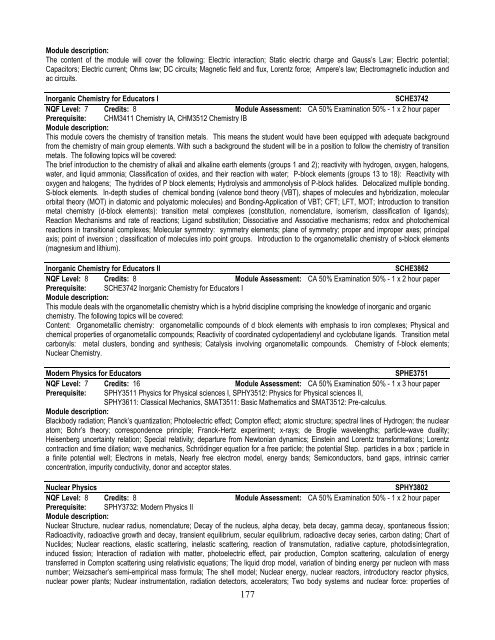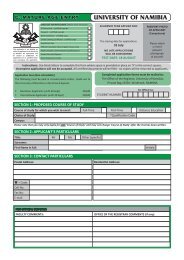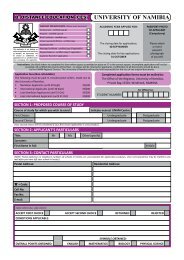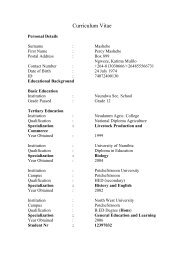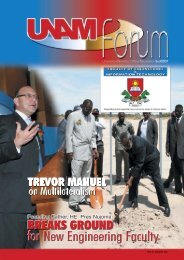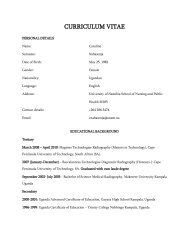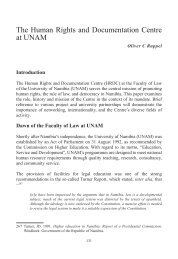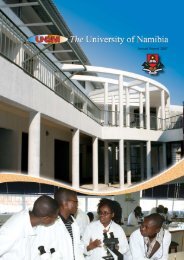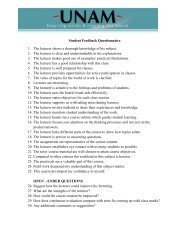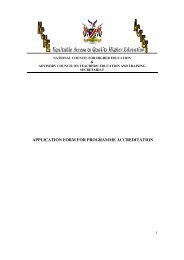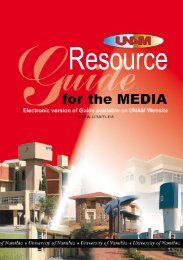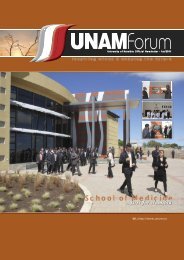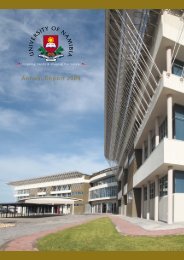Content: An Introduction To Chemistry: Classification of Matter; The Three States of Matter; Physical and Chemical Properties ofMatter; Measurement; Handling Numbers (scientific notation, significant figures); Factor-Label Method in Solving Problems. Atoms,Molecules and Ions: The Structure of the Atom; Atomic Number, Mass Number, and Isotopes; Molecules and Ions; Chemical Formulas(molecular and empirical); Naming Compounds. Mass Relationships in Chemical Reactions: Atomic Mass; Avogadro’s Number andMolar mass; Molecular Mass; Percent Composition of Compounds; Experimental Determination of Empirical Formulas; ChemicalReactions and Chemical Equations; Stoichiometry (amounts of reactants and products); Limiting & Excess Reagents; Reaction Yield;Concentration of Solutions. Reactions in Aqueous Solutions: General Properties of Aqueous Solutions; Precipitation Reactions; Acid-Base Reactions; Oxidation and Reduction Reactions (assigning oxidation states, writing redox equations, balancing redox reactions).Quantum Theory and the Electronic Structure of Atoms: The Photoelectric Effect; Bohr’s Theory of the Hydrogen Atom; QuantumNumbers; Atomic Orbitals; Electron Configuration; The Building-up Principle. Periodic Relationships Among Elements: PeriodicClassification of the Elements; Periodic Variation in Physical Properties (effective nuclear charge, atomic radius, ionic radius); lonizationEnergy; Electron Affinity; Variation in Chemical Properties of the Representative Elements (main group elements). Chemical Bonding:Lewis Dot Symbols; Ionic Bonding; Covalent Bonding; Metallic Bonding; Electronegativity; Writing Lewis Structures; Formal Charge;Concept of Resonance; Bond Enthalpy. Basic Molecular Geometry and Hybridization of Atomic Orbitals: Molecular Geometry; DipoleMoments; Valence Bond Theory; Hybridization of Atomic Orbitals; Molecular Orbital Theory; Molecular Orbital ConfigurationsChemistry IBSCHM3512NQF Level: 5 Credits: 16 Module Assessment: CA 50% Examination 50% - 1 x 3 hour paperPrerequisite: Faculty Entry RequirementsModule description:This module is a continuation of Chemistry 1A and it introduces the students to properties of gases, thermochemistry, chemicalkinetics,chemical equilibrium, Introduction to laws of thermodynamics, electrochemistry and organic chemistry. The following topics arecovered:Content: Gases: Pressure of a Gas; The Gas Laws; The Ideal Gas Equation; Gas Stoichiometry; The Kinetic-Molecular Theory ofGases; Deviation from Ideal Behaviour. Basic Thermochemistry: The Nature of Energy and Types of Energy; Energy Changes inChemical Reactions; Introduction to Thermodynamics; Enthalpy of Chemical Reactions; Calorimetry; Standard Enthalpy of Formationand Reaction; Heat of Solution and Dilution. Introductory Chemical Kinetics: Rate of Reaction; Rate Law; Relation between ReactantConcentration and Time; Activation Energy and Temperature Dependence of Rate Constants; Reaction Mechanisms; Catalysis.Introduction to Chemical Equilibrium: The Equilibrium Constant; Writing Equilibrium Constant Expressions; Relationship betweenChemical Kinetics and Chemical Equilibrium; What Does the Equilibrium Constant tell Us? Factors that Affect Chemical Equilibrium.Acid-Base Equilibria & Solubilty Equilibria: The Common Ion Effect; Buffer Solution; Acid – Base Titrations; Acid-Base Indicators;Solubility Equilibria; Separation of Ions by Fractional Precipitation; The Common Effect and Solubility; pH and Solubility; Complex IonEquilibria and Solubility. Entropy, Free Energy and Equilibrium: The Three Laws of Thermodynamics; Spontaneous Processes; Entropy;The Second Law of Thermodynamics; Gibbs Free Energy; Free Energy and Chemical Equilibrium; Thermodynamics in Living Systems.Introduction to Electrochemistry: Galvanic Cells; Standard Reduction Potentials; Spontaneity of Redox Reactions; Effect ofConcentration of Cell EMF; Electrolysis. Introduction to Organic Chemistry: Classes of Organic Compounds; Structure andNomenclature Main Functional Groups (alkanes, alkenes, alkynes, alcohols, aldehydes, ketones, carboxylic acids, esters, amines,amides). Introduction to carbohydrates, lipids and porphyrins.Classical MechanicsSPHY3611NQF Level: 6 Credits: 16 Module Assessment: CA 50% Examination 50% - 1 x 3 hour paperPrerequisite: SPHY3511 Physics for Physical Sciences I, SMAT3511Basic Mathematics and SMAT3512 PrecalculusModule description:Vectors, vector operations & the calculus of vectors; straight line and general motion particles; polar co-ordinates; rigid bodies: rotatingabout a fixed axis & planar motion; reference frames; inertial frames and the law of inertia; Laws of: mutual interaction, multipleinteractions, universal gravitation; mass distributions; principle of equivalence; rectilinear motion in a force field; constrained rectilinearmotion; resisting media; projectiles; circular motion; classical SHM: damped & forced; coupled oscillations and normal modes; energyprinciple; rectilinear motion; conservative fields; orbits in a central field: orbital motion, path equation, Homann transfer orbits, attractive &repulsive inverse square fields; Rutherford scattering; non-linear oscillations and phase space; phase plane in dynamics; limit cycles;driven non-linear oscillations; degrees of freedom; rigid bodies; linear momentum; rocket motion; collision theory; zero-momentum frame;2-body problem; scattering; integrable mechanical systems; moment of a force; angular momentum; planar rigid body motion; Rigid bodystatics;Electricity and MagnetismSPHE3642NQF Level: 6 Credits: 8 Module Assessment: CA 50% Examination 50% - 1 x 3 hour paperPrerequisite: SPHY3512 Physics for Physical sciences II, SMAT351 Basic Mathematics, SMAT3512 Pre-calculus.176
Module description:The content of the module will cover the following: Electric interaction; Static electric charge and Gauss’s Law; Electric potential;Capacitors; Electric current; Ohms law; DC circuits; Magnetic field and flux, Lorentz force; Ampere’s law; Electromagnetic induction andac circuits.Inorganic Chemistry for Educators ISCHE3742NQF Level: 7 Credits: 8 Module Assessment: CA 50% Examination 50% - 1 x 2 hour paperPrerequisite: CHM3411 Chemistry IA, CHM3512 Chemistry IBModule description:This module covers the chemistry of transition metals. This means the student would have been equipped with adequate backgroundfrom the chemistry of main group elements. With such a background the student will be in a position to follow the chemistry of transitionmetals. The following topics will be covered:The brief introduction to the chemistry of alkali and alkaline earth elements (groups 1 and 2); reactivity with hydrogen, oxygen, halogens,water, and liquid ammonia; Classification of oxides, and their reaction with water; P-block elements (groups 13 to 18): Reactivity withoxygen and halogens; The hydrides of P block elements; Hydrolysis and ammonolysis of P-block halides. Delocalized multiple bonding.S-block elements. In-depth studies of chemical bonding (valence bond theory (VBT), shapes of molecules and hybridization, molecularorbital theory (MOT) in diatomic and polyatomic molecules) and Bonding-Application of VBT; CFT; LFT, MOT; Introduction to transitionmetal chemistry (d-block elements): transition metal complexes (constitution, nomenclature, isomerism, classification of ligands);Reaction Mechanisms and rate of reactions; Ligand substitution; Dissociative and Associative mechanisms; redox and photochemicalreactions in transitional complexes; Molecular symmetry: symmetry elements; plane of symmetry; proper and improper axes; principalaxis; point of inversion ; classification of molecules into point groups. Introduction to the organometallic chemistry of s-block elements(magnesium and lithium).Inorganic Chemistry for Educators IISCHE3862NQF Level: 8 Credits: 8 Module Assessment: CA 50% Examination 50% - 1 x 2 hour paperPrerequisite: SCHE3742 Inorganic Chemistry for Educators IModule description:This module deals with the organometallic chemistry which is a hybrid discipline comprising the knowledge of inorganic and organicchemistry. The following topics will be covered:Content: Organometallic chemistry: organometallic compounds of d block elements with emphasis to iron complexes; Physical andchemical properties of organometallic compounds; Reactivity of coordinated cyclopentadienyl and cyclobutane ligands. Transition metalcarbonyls: metal clusters, bonding and synthesis; Catalysis involving organometallic compounds. Chemistry of f-block elements;Nuclear Chemistry.Modern Physics for EducatorsSPHE3751NQF Level: 7 Credits: 16 Module Assessment: CA 50% Examination 50% - 1 x 3 hour paperPrerequisite: SPHY3511 Physics for Physical sciences I, SPHY3512: Physics for Physical sciences II,SPHY3611: Classical Mechanics, SMAT3511: Basic Mathematics and SMAT3512: Pre-calculus.Module description:Blackbody radiation; Planck’s quantization; Photoelectric effect; Compton effect; atomic structure; spectral lines of Hydrogen; the nuclearatom; Bohr’s theory; correspondence principle; Franck-Hertz experiment; x-rays; de Broglie wavelengths; particle-wave duality;Heisenberg uncertainty relation; Special relativity; departure from Newtonian dynamics; Einstein and Lorentz transformations; Lorentzcontraction and time dilation; wave mechanics, Schrödinger equation for a free particle; the potential Step. particles in a box ; particle ina finite potential well; Electrons in metals, Nearly free electron model, energy bands; Semiconductors, band gaps, intrinsic carrierconcentration, impurity conductivity, donor and acceptor states.Nuclear PhysicsSPHY3802NQF Level: 8 Credits: 8 Module Assessment: CA 50% Examination 50% - 1 x 2 hour paperPrerequisite: SPHY3732: Modern Physics IIModule description:Nuclear Structure, nuclear radius, nomenclature; Decay of the nucleus, alpha decay, beta decay, gamma decay, spontaneous fission;Radioactivity, radioactive growth and decay, transient equilibrium, secular equilibrium, radioactive decay series, carbon dating; Chart ofNuclides; Nuclear reactions, elastic scattering, inelastic scattering, reaction of transmutation, radiative capture, photodisintegration,induced fission; Interaction of radiation with matter, photoelectric effect, pair production, Compton scattering, calculation of energytransferred in Compton scattering using relativistic equations; The liquid drop model, variation of binding energy per nucleon with massnumber; Weizsacher’s semi-empirical mass formula; The shell model; Nuclear energy, nuclear reactors, introductory reactor physics,nuclear power plants; Nuclear instrumentation, radiation detectors, accelerators; Two body systems and nuclear force: properties of177


